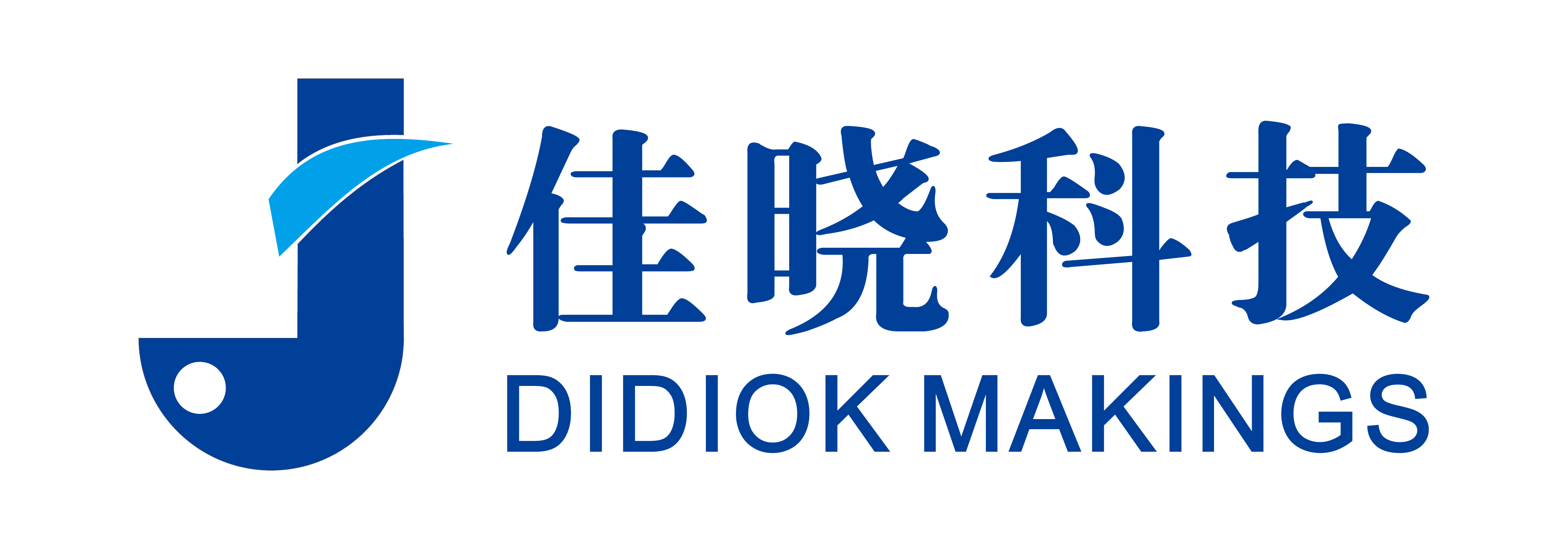Introduction
Water rescue operations are critical in saving lives, whether during floods, marine accidents, or emergency evacuations. Traditional rescue equipment like life jackets, buoyancy ropes, and rescue boats have been essential for decades. However, these tools come with limitations that can slow down response times and put rescuers at risk.
Enter the JX-6A Water Rescue Drone—a game-changing innovation designed to overcome these challenges. In this guide, we will analyze conventional water rescue equipment, compare their strengths and weaknesses, and highlight why the JX-6A rescue drone is an indispensable asset for modern rescue operations.
Conventional Water Rescue Equipment: Pros and Cons
1. Life Jackets (Personal Flotation Devices - PFDs)
✅ Pros:
-
Easy to use and widely available
-
Provides immediate flotation support
-
Affordable and lightweight
❌ Cons:
-
Requires the person in distress to wear it beforehand
-
Limited to individual use, not effective in fast-flowing water
-
Cannot actively assist in rescues
2. Buoyancy Ropes (Floating Rescue Ropes)
✅ Pros:
-
Helps rescuers reach victims at a short distance
-
Buoyant and visible in water
-
Lightweight and easy to store
❌ Cons:
-
Limited range; ineffective in deep waters
-
Requires an active rescuer to operate
-
Can be difficult to aim in strong currents
3. Rescue Boats
✅ Pros:
-
Can transport multiple victims at once
-
Effective in larger rescue missions
-
Provides a stable platform for medical assistance
❌ Cons:
-
Slow response time, requiring launch and navigation
-
Limited accessibility in narrow or rocky waters
-
Puts rescuers at risk in hazardous conditions
4. Rescue Drones (JX-6A Water Rescue Drone)
While conventional tools are useful, they all rely heavily on human rescuers who may be limited by time, distance, and safety risks. This is where the JX-6A water rescue drone redefines emergency response capabilities.
Why JX-6A Water Rescue Drone is Irreplaceable
1. Rapid Deployment & Long Range
Unlike life jackets or ropes, which require close-range manual intervention, the JX-6A drone can be deployed instantly and reach a drowning victim within seconds. With a remote control distance of over 1100 meters, it can access dangerous or distant locations effortlessly.
2. Minimizing Rescuer Risk
Traditional rescue efforts often put human responders in harm’s way. The JX-6A eliminates this risk by providing an unmanned solution capable of handling extreme conditions, including floods, ocean rescues, and rooftop evacuations.
3. Dual Air-Water Capability
One of the most remarkable aspects of the JX-6A is its air-water dual role design. Unlike any conventional rescue tool, it can take off and land on water multiple times, delivering flotation devices directly to victims.
4. Powerful Features for Precision Rescues
-
Wind resistance up to level 6, allowing operation in extreme weather
-
Real-time video transmission for accurate victim location
-
Buoyancy of 190N, ensuring stability and reliability on water
-
One-button takeoff, hover, and return-to-base functions, making operation simple even for non-experts
5. Cost-Effective and Scalable
While rescue boats and helicopters require substantial resources, fuel, and manpower, the JX-6A is a lightweight (less than 5kg) and affordable alternative that can be deployed by emergency response teams worldwide.
Conclusion: The Future of Water Rescue
Traditional water rescue equipment remains essential, but the limitations they impose call for technological advancement. The JX-6A water rescue drone is not just an improvement—it is a necessity for modern emergency response teams.
By integrating the JX-6A into rescue operations, agencies such as marine police, coast guards, fire departments, and disaster relief organizations can significantly enhance their ability to save lives.
For more details on the JX-6A water rescue drone, visit Didiok Making’s official website.





